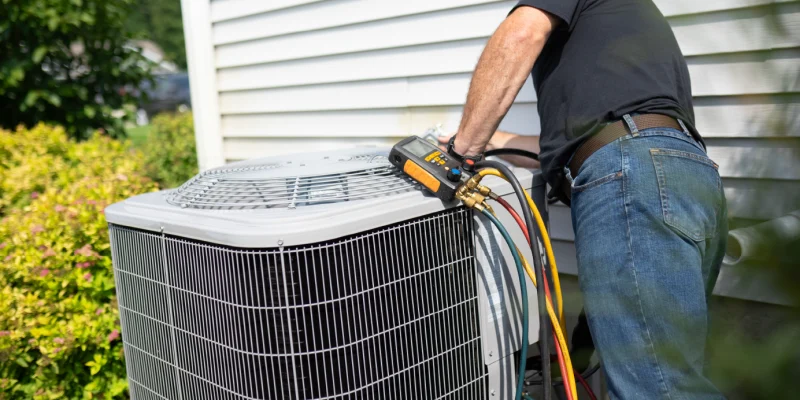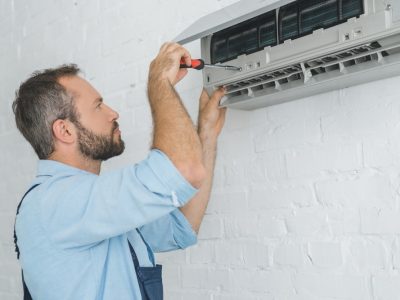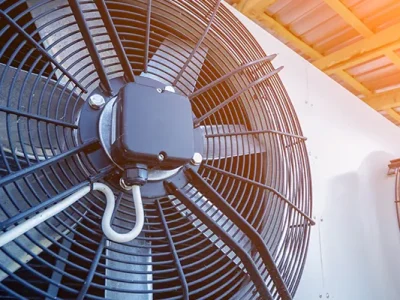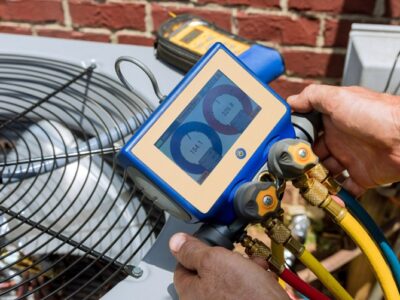When shopping for a new air conditioner, you may come across the term SEER rating. But what exactly does it mean, and why should you care? Understanding SEER ratings can help you choose an energy-efficient system that keeps your home comfortable while saving money on your energy bills.
What Is a SEER Rating?
SEER stands for Seasonal Energy Efficiency Ratio. This number measures how efficiently an air conditioner or heat pump cools your home over an entire season. Think of it like the miles-per-gallon (MPG) rating on a car a higher SEER rating means better efficiency and lower energy costs.
The SEER rating is calculated by taking the total cooling output of an AC unit (measured in British Thermal Units or BTUs) and dividing it by the total energy consumed (in watt-hours) over the same period. The higher the number, the more efficiently your AC runs.
How SEER Ratings Affect Your Energy Bill
A more efficient AC unit means lower energy bills. Here’s why:
- Less Energy Consumption – A high-SEER AC unit uses less electricity to cool your home, leading to significant savings over time.
- Lower Cooling Costs – Upgrading from an older, low-SEER system to a new high-SEER model can cut cooling costs by up to 30-50%.
- Better Temperature Control – Many high-SEER models feature advanced technology like variable-speed compressors, which adjust cooling levels to maintain consistent temperatures while using less energy.
For example, if you replace a 10 SEER unit with a 16 SEER unit, you could reduce your energy usage by up to 37.5%!
SEER Ratings and AC Performance
A high SEER rating not only means lower energy costs but also improves your AC’s performance in several ways:
- Quieter Operation – High-SEER systems often have sound-dampening technology and variable-speed fans, making them much quieter than older units.
- Increased Comfort – Advanced models adjust output to match cooling demand, reducing temperature fluctuations and improving indoor comfort.
- Longer Lifespan – Because high-SEER units run more efficiently and cycle on and off less frequently, they experience less wear and tear, leading to a longer lifespan.
SEER Standards
The U.S. Department of Energy (DOE) has set minimum SEER standards for different regions:
- Northern States: Minimum SEER of 14
- Southern and Southwestern States: Minimum SEER of 15
While these are the required minimums, many modern AC units have SEER ratings ranging from 16 to 21 or higher, offering even better efficiency and performance.
Final Thoughts
SEER ratings are an important factor when selecting a new AC system. A higher SEER unit means better efficiency, lower energy bills, and improved comfort. However, balancing upfront costs with long-term savings is key to making the best choice for your home.







Comments